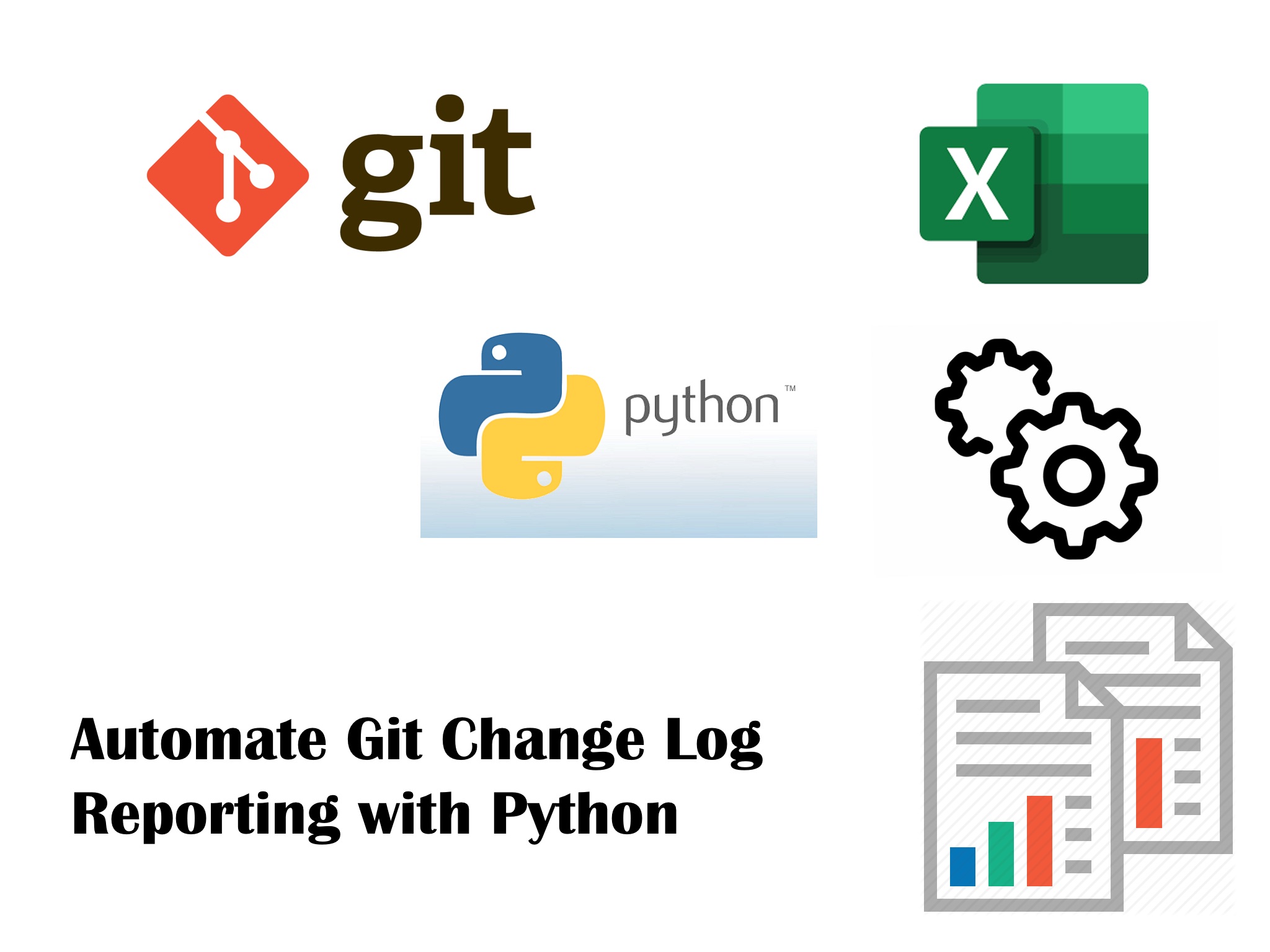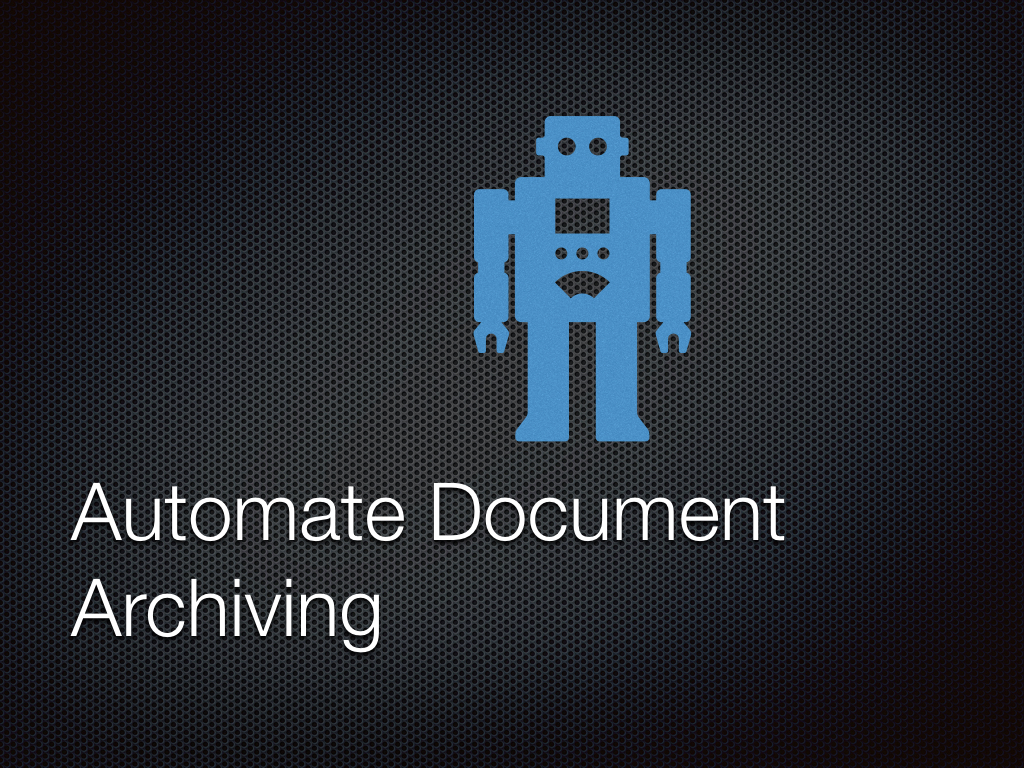Have you already learned Python? If not then this is the best time to start. You may ask why? I am working with Java for the last 5 years and there are lot of projects being developed and maintained in Java. Though I am sure that is true, I would suggest you to read this post before deciding on this.
Python is a very popular programming language used by many big Tech giants including Google and Facebook. Python is well known for its simplicity and readability. Also the availability of a wide range of mature libraries (referred to as Python modules) makes Python top choice for almost all kinds of software development (yes, including AI and machine learning). In this blog post I will discuss about the benefits you will get in your professional as well as personal life (this is not a typo!) if you learn Python. There are lots of reasons to learn Python, but the most compelling once I found are:
Fast Learning Curve and Reduced Development Time
If you are new to software development then Python is the best programming language to pick. Python is much easier to learn than most of other popular object oriented programming languages (e.g. Java). Language syntax and semantics in Python are much neat and clean compare to other languages. The code is much more readable as well. Lines of code needs to be written in Python to solve any specific problem in most of the cases will be much less than that required in other popular languages.
Modular architecture in Python makes it easy to just import and use a module instead of writing a large block of code. A mature ecosystem of modules are already available for your use (I will explain how to import and use modules in Python in my future posts). Thus the code look clean and readable. More readable the code is, more easy will it be to maintain the code by other developers. Also development time for your project will get reduced as you have to write and maintain fewer lines of code. This will enable you to market your product sooner.
Automating Your Daily Repetitive Tasks
Every one of us remain very busy throughout a typical working day to complete different types of tasks assigned to us. If you deeply think about the kind of jobs you are performing, I am sure you will find that majority of the jobs assigned to us are not cognitively demanding. By the term ‘cognitively demanding’, I refer to the tasks that needs decision making which can be replicated, i.e. repetitive in nature.
For example, a software project manager might need to produce a report on testing status everyday which involves downloading the test case execution report and defect list from different cloud based platforms and then combining that information to generate different summary reports. For this task, generating the summary reports in a specified format from the data downloaded from different websites is well defined and anybody can replicate the steps if you show her for a few days. Part of this task that will need cognitive input is to do the risk assessment based on current status and specifying mitigation actions.
In Python, you can write a script to do all these things automatically, from downloading reports in CSV/Excel format from different sources and creating an consolidated excel report in specified format. You can even schedule the script to execute at defined times and mail it to your email address. This is just an example. A software developer can scan for a requirement reference from a list of word or excel documents or can compare the change in requirement in different document version. Both of the task are time consuming if done manually.
Popular Choice for Data Science and Analytics
Python is one of the most sought after programming languages for data science and analytics. Availability of mature and feature rich modules for Python makes it easier to support data analysis in efficient manner. Some of the popular modules in analytics stack used for different purposes are described below for your reference:
- NumPy: This modules provides a huge library of mathematical functions along with support for multi-dimensional arrays which is essential in data science. This module provides numerical array and matrix data types and functions to operate on that data to get insight.
- SciPy: This utility provides a collection of algorithms that can be used for different domain specific data processing. This includes statistical algorithms, digital signal processing algorithms and more. Please visit the official website for SciPy (https://www.scipy.org/) for more details and official documentation.
- Matplotlib: This is a popular plotting package that can be used for 2D as well as basic 3D plotting. This package is important as data visualisation is very important in data science.
- Pandas: This is an open source and easy to use library that provides high performance data structures and data analysis tools.
Future of AI and Machine Learning
Machine learning is everywhere, from self driving cars to Deep Learning AI that can beat the best human players in complex strategy games. The list goes on and new possibilities are virtually endless. Machine learning algorithm developed by you may revolutionise some industry. Python is the language of choice for Machine Learning and AI related projects. Many big tech companies including Google uses Python for Machine Learning projects. Here I am listing some popular modules and frameworks for machine learning:
- Tensorflow: It is a neural network library used for programming neural network architectures. It was developed by Google and currently being used by a large number of developers working on Machine Learning projects. Tensorflow provides high level functions for your use so that you don’t have to reinvent the wheel. It has flexible architecture that will allow you to create meaningful solutions.
- Scikit-learn: This is also a popular ML library built on NumPy and SciPy and extensively used by developers. This is a comparatively low level library and used to develop other popular high level libraries.
- Theano: This is also a popular Python library that is used to work with multi -dimensional arrays effectively. Some of the best features of Theano are tight integration with NumPy and transparent use of GPU.
That’s all for this post. I hope I am able to convince you to start learning Python today.Believe me, you will thank me one day for this. I have plan to post more Python related topics in coming weeks. So, keep following.


